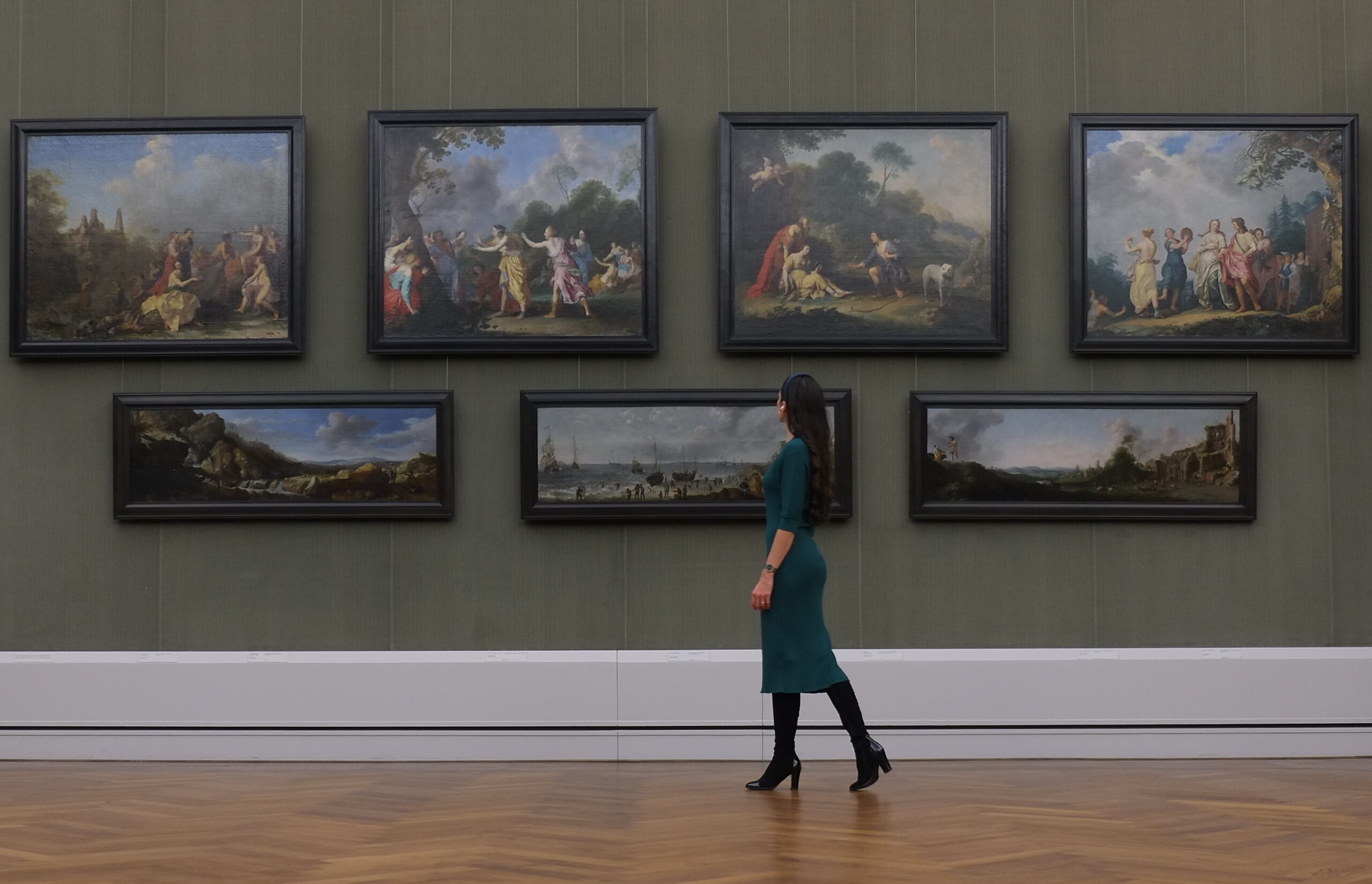The exhibition “Brâncuși: Romanian sources and universal perspectives” will reveal what is genuinely singular about an artist who managed to generate pure forms, somehow freed from any influences. Brâncuși was and remains an artist who transcended all geographical, historical, and strictly formal boundaries, which ensured him a special place in art history beyond any artistic currents. On the other hand, Constantin Brâncuși was one of the great artists of the Parisian avant-garde of the first half of the 20th century and an indisputable landmark of modern sculpture.

The last Romanian exhibition dedicated to the great sculptor was organized over 50 years ago, in 1970. Hosted at the National Museum of Art in Timișoara, the exhibition will touch many hearts and minds in Romania and rep- resents a symbolic homecoming for Brâncuși. An exhibition that will explore both the Romanian inspiration with which Brâncusi comes to Paris and the metamorphosis that causes him to become the universal artist that everyone appreciates.
Curated by Doina Lemny, one of the most respected experts in Constantin Brâncuși’s art, this event-exhibition will bring togeth- er for the first time in Romania emblematic sculptures from the artist’s mature period, borrowed from signifi museums of the world, such as Pompidou, from Paris, or Tate, from London, but also from his youth years, from Romanian museums and private collections. Over 100 artworks will enter a fascinating dialogue with an unprecedented selection of photographs and fragments filmed by the artist.

Constantin Brancusi – Maiastra, 1911.
© Tate Images
Constantin Brancusi – Borne-frontière, 1945. © Succession
Brancusi – All rights reserved Adagp. Localisation : Paris,
Centre Pompidou – Musée national d’art moderne – Centre
de création industrielle.
Photo © Centre Pompidou,
MNAM-CCI, Dist. RMN-GP – Adam Rzepka
Being co-organized by the Timișoara National Museum of Art, the Art Encounters Foundation, and the French Institute, and being financed by the Timiș County Council, the exhibition is also a good example of good practices and complex collaboration between Romanian and international institutions, both public and private, and we hope that the success of such an event will further strengthen the axes of cooperation between different art entities.
For Romanian and international guests, as Timișoara is the 2023 European Capital of Culture, this exhibition represents a unique opportunity to discover and admire the works of the artist who managed to wield the cultural heritage of his country in the most subtle of ways, imbuing it with universal values.
About Doina Lemny

Doina Lemny is a PhD art historian. She published Brâncuși’s archives in L’Atelier Brâncuși, La Collection (Paris 1997), in La Dation Brâncuși: dessins et archives (Paris 2003) and Romanian correspondence and artist’s notes in Brâncuși inedit (Bucharest, Humanitas, 2004).
She co-curated seven thematic exhibitions at Brâncuși Studio Gallery from 1998 to 2002. She also curated the exhibitions: “Antoine Pevsner in Pompidou collection” (2001), “La Dation Brâncuși” (2003), “Henri Gaudier-Brzeska in Pompidou collection” (2009), “Matisse – Pallady et La Blouse roumaine. Deux artistes sous la censure” (Paris, 2019), “Brâncuși: Sublimation of Forms” (Brussels, 2019–2020) and edited the catalogues.
She is the author of: Brâncuși, Paris, Oxus, 2005; Lizica Codréano, une danseuse roumaine dans l’avant-garde Parisienne, Lyon, Fage, 2011; Brâncuși, au-delà de toutes les frontières, Lyon, Fage, 2012; Brâncuși, coll. «Monographies», Paris, éditions du Centre Pompidou, 2012; Henri Gaudier-Brzeska, un sculpteur «mort pour la France», Lyon, Fage, 2015; Correspondance Brâncuși & Duchamp, Paris, Dilecta, 2017; Brâncuși & Marthe ou l’histoire d’amour entre Tantan et Tonton, Lyon, Fage, 2017; Matisse – Palla- dy et La Blouse roumaine. Deux artistes sous la censure, Lyon, Fage, 2019; Brâncuși, la chose vraie, Paris Gourcuff-Gradenigo, 2022.
She edited the catalogue Brâncuși: La sublimation de la forme, Gand, Snoeck, 2019, and published many essays on modern art.



